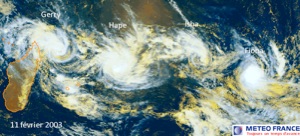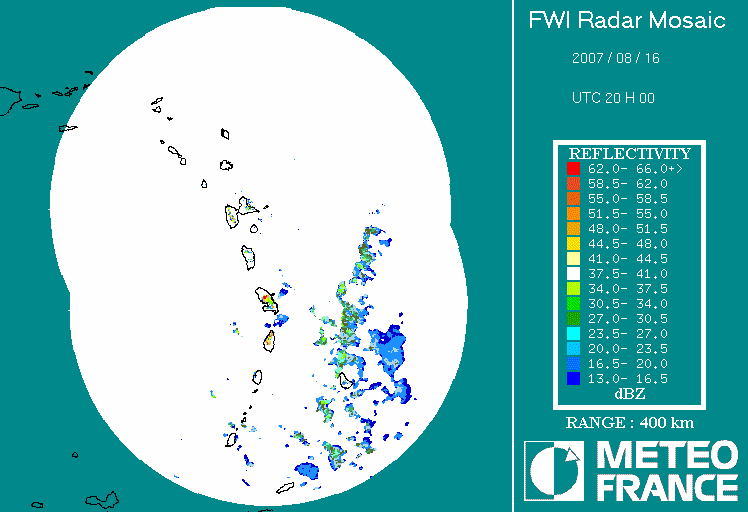
For every problem you do not understand, you can formulate a simpler problem that you do not understand either.
L. E. J. Brouwer
(from Harm Jonker, personal communication)
The atmospheric processes that govern our daily weather, as well as the climate of planet Earth, span a vast range of scales. Interactions between these scales and processes are plentiful and may be highly complex. In face of such truly chaotic dynamics it may take no wonder that even the most advanced and sophisticated numerical prediction model may err in the forecast of significant weather events.
I have always been intrigued by the complexity of atmospheric processes. My research efforts aim to break down this complexity into “digestible” pieces, i.e. to find simplified representations of atmospheric processes that may be accessible to human’s (read: my) limited intellectual capacity but that still are relevant for the real atmosphere. From such simplified models we may gain conceptual understanding that will guide our interpretation of the real-world’s complex data. A ‘reality check’, of course, is always in order. My participation in major field campaigns proved very helpful to engrain the necessity to test theoretical hypotheses and verify numerical models with real data.
Conceptual understanding alone, while intellectually satisfying, is of little to none societal value. It is therefore of importance that our basic research translates ultimately into improved climate projections and weather forecasts, e.g. to help mitigating severe weather events.
Currently, I am particularly interested in the dynamics of tropical cyclones, their impact on the midlatitude flow, or more general the downstream dispersion of ,perturbations‘ to the midlatitude flow, high-impact weather, and the midlatitude dynamics and predictability beyond the synoptic scale. (click underlined text for details)


While rarely having a direct impact on Europe, tropical cyclones are a ubiquitous feature of the tropical atmosphere.

Radar loop showing Hurricane Dean affecting the Lesser Antilles in Aug 2007. Note the distinct asymmetry in reflectivities outside of the eyewall to the North-east of the center and read here how this is related to my research.